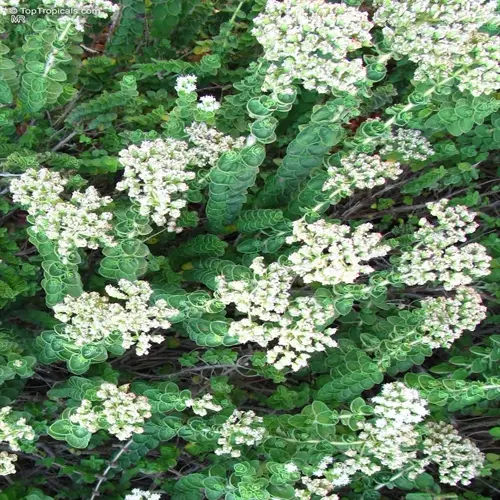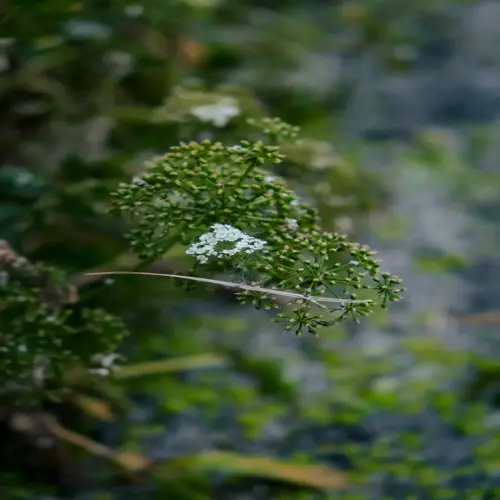Why might my sage plant keep dying?

Written by
Julia Anderson
Reviewed by
Prof. Martin Thorne, Ph.D.Sage plants usually flourish when neglected, so if quarterly failures challenge you, there are some underlying problems at play. Yellow leaves typically indicate overwatering issues, while poor growth generally indicates inadequate light or other unfavorable conditions. I have brought numerous dying sage plants back to life by identifying the problems. The right diagnosis resolves all but the most chronic plant health issues.
Moisture Issues
- Yellow leaves: Reduce watering frequency immediately
- Mushy stems: Check for root rot and repot
- Wilting in wet soil: Improve drainage urgently
- Fungal spots: Increase air circulation around plants
Environmental Stress
- Leggy growth: Relocate to sunnier spot immediately
- Purple stems: Protect from temperature extremes
- Leaf scorch: Provide afternoon shade in heat
- Slow growth: Test soil pH and nutrients
Soil drainage is essential for sage, as heavy clay soils will suffocate the roots and lead to rot. Add a generous amount of coarse sand or perlite to the soil before planting. For container plants, you can plant them in gritty cactus mix and ensure the pot has sufficient drainage holes as well. If your garden has a lot of wet areas, elevate them above the ground.
Pest management requires vigilance and prevention. Spider mites can leave stippled leaves, whereas slugs will chew holes. A simple deterrent in warm months is to apply neem oil every week. Beneficial insects such as ladybugs can help. Maintain pest management by promptly removing and disposing of leaves with heavy infestations.
Deficiencies in light develop gradually but with severe effects on plants. The minimum for sage is six hours of direct sunlight a day. Leggy plants are weak and extend toward the light source. The plant also requires acclimation from low light to brighter areas over a period of weeks. Use reflective surfaces to provide more light in a specific trouble spot.
Bring struggling plants back to life with a plan for course correction. First, address the main problem, such as the need for improved drainage or better lighting. Second, prune away the injurious growth to facilitate the plant's recovery. Lastly, use a diluted seaweed extract as a tonic. Be patient, as some plants may take weeks to months to show improvement after correction.
Read the full article: How to Grow Sage: A Complete Beginner's Guide

